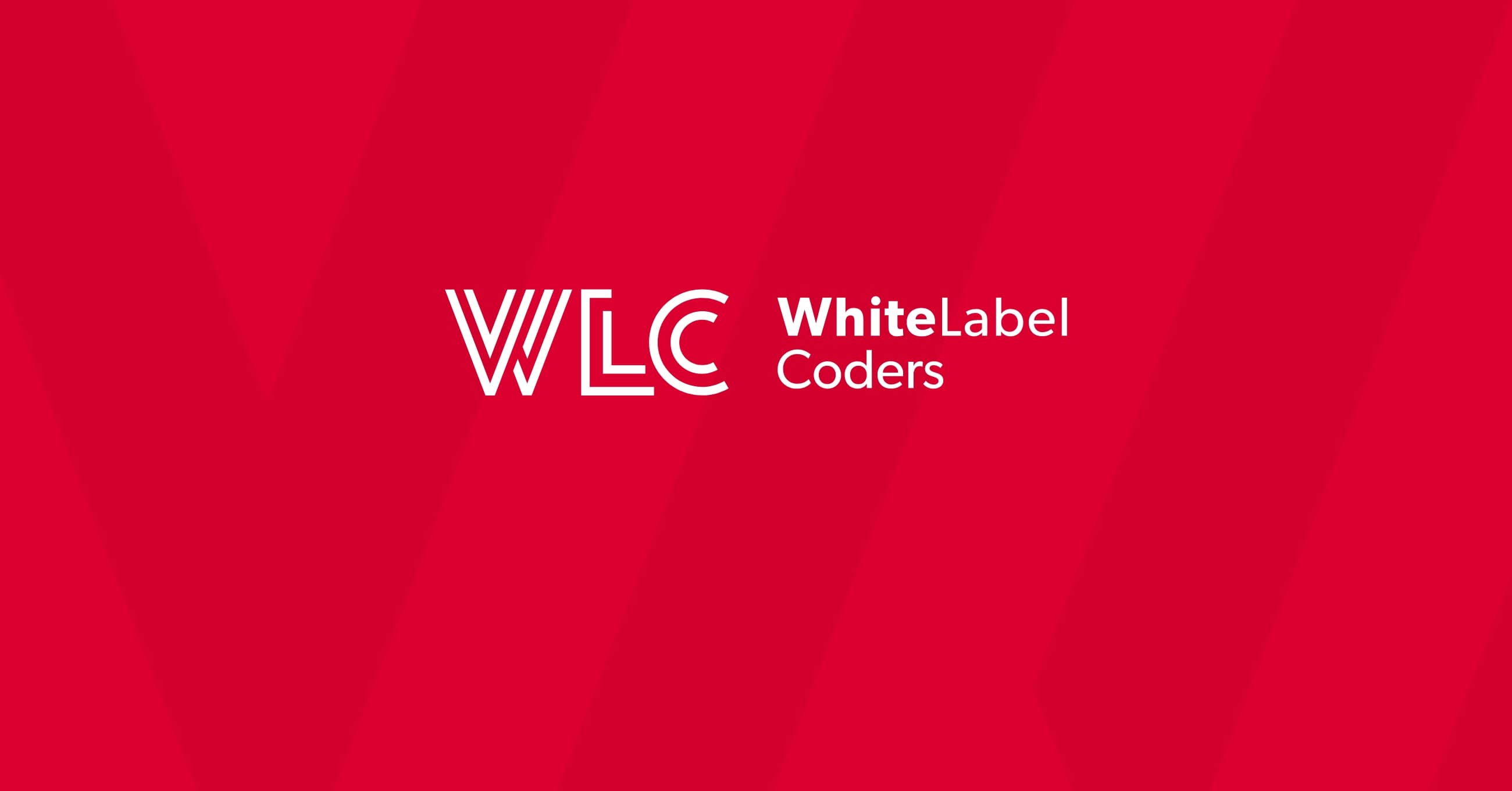Category: SEO AI
What is custom CSS on WordPress?

Custom CSS in WordPress is additional styling code that allows you to modify your website’s appearance beyond what your theme provides. It enables you to change colours, fonts, layouts, and other visual elements without altering core theme files. Custom CSS gives you complete control over your site’s design whilst maintaining theme update compatibility.
Understanding Custom CSS in WordPress Fundamentals
Custom CSS represents the bridge between standard WordPress themes and truly personalised web design. When you install a WordPress theme, you’re getting a pre-designed template that works for many websites, but it might not perfectly match your vision.
This is where custom CSS becomes invaluable. It’s the styling language that controls how your website looks and feels, from the colour of your buttons to the spacing between paragraphs. Unlike theme modifications, custom CSS allows you to make these changes safely without touching core theme files.
WordPress has evolved to embrace custom styling through built-in tools. The platform recognises that every business needs a unique online presence, which is why modern WordPress installations include dedicated spaces for your custom code. This approach supports professional web development whilst keeping your customisations separate from theme updates.
What Is Custom CSS and How Does It Work in WordPress?
Custom CSS (Cascading Style Sheets) is code that tells your browser exactly how to display your WordPress website. It works by targeting specific HTML elements and applying visual rules to them, such as changing background colours or adjusting font sizes.
Within WordPress architecture, CSS follows a specific hierarchy. Your theme’s default styles load when someone visits your site. Then, any custom CSS you’ve added gets applied on top, overriding the original styles where conflicts occur.
The relationship between themes, child themes, and custom CSS is crucial to understand. Your main theme provides the foundation, child themes offer update-safe customisation, and custom CSS provides the finishing touches. WordPress processes these styles in order, with custom CSS typically having the final say in how elements appear.
When you add custom CSS, WordPress stores it in your database and includes it in your site’s head section. This means your custom styles load with every page, ensuring consistent appearance across your entire website.
Where Can You Add Custom CSS in WordPress?
WordPress offers several locations for adding custom CSS, each with distinct advantages depending on your needs and technical comfort level.
The WordPress Customiser provides the most user-friendly approach. Navigate to Appearance > Customise > Additional CSS, and you’ll find a dedicated field for your custom styles. This method includes live preview functionality, so you can see changes immediately.
For more advanced users, the theme editor offers direct file access. However, this approach requires caution as incorrect code can break your site. Always create backups before using this method.
Child themes represent the safest long-term solution. By creating a child theme, you can add custom CSS through the style.css file without losing changes when your parent theme updates.
| Method | Difficulty Level | Update Safe | Best For |
|---|---|---|---|
| WordPress Customiser | Beginner | Yes | Quick styling changes |
| Child Theme | Intermediate | Yes | Extensive customisation |
| CSS Plugins | Beginner | Yes | Additional features needed |
| Theme Editor | Advanced | No | Temporary fixes only |
CSS plugins offer additional functionality like syntax highlighting, code organisation, and advanced targeting options. These tools can be particularly helpful for managing larger amounts of custom code.
What Are the Benefits of Using Custom CSS in WordPress?
Custom CSS transforms your WordPress site from a template-based design into a unique digital experience that reflects your brand identity perfectly.
Design flexibility stands as the primary advantage. You’re no longer limited by your theme’s built-in options. Want to change your header’s background colour to match your logo? Custom CSS makes it possible. Need to adjust spacing for better mobile viewing? A few lines of code can solve that.
Brand consistency becomes achievable when you can control every visual element. Your website can match your business cards, brochures, and other marketing materials precisely, creating a cohesive brand experience.
Performance optimisation is another significant benefit. Instead of installing multiple plugins to achieve small visual changes, custom CSS can handle these modifications with minimal impact on loading times.
Theme independence protects your investment in customisation. When you eventually change themes, your custom CSS can often be transferred, preserving much of your design work. This approach is particularly valuable for businesses requiring WordPress custom development solutions.
How Do You Safely Implement Custom CSS Without Breaking Your Site?
Safe CSS implementation requires a methodical approach that prioritises your website’s stability whilst allowing for creative customisation.
Always create a complete backup before adding any custom code. This simple step can save hours of frustration if something goes wrong. Many hosting providers offer one-click backup solutions, making this process straightforward.
Start with small changes and test thoroughly. Rather than adding dozens of CSS rules at once, implement one or two modifications and check how they affect your site across different devices and browsers.
Code validation helps prevent syntax errors that could break your site’s appearance. Online CSS validators can check your code for common mistakes before you apply it to your live website.
Use staging environments when possible. Many hosting providers offer staging sites where you can test changes safely before pushing them to your live website. This approach is essential for significant design modifications.
Keep your custom CSS organised with comments explaining what each section does. This practice helps you understand your own code months later and makes troubleshooting much easier.
What’s the Difference Between Custom CSS and Theme Modifications?
Understanding the distinction between custom CSS and direct theme modifications is crucial for maintaining a stable, updatable WordPress website.
Custom CSS works as an overlay on your existing theme, adding or overriding styles without changing the original theme files. This approach means your customisations survive theme updates, keeping your design intact whilst benefiting from security patches and new features.
Direct theme modifications involve editing the actual theme files, such as style.css, functions.php, or template files. Whilst this approach offers more control, it creates significant risks. When your theme updates, all modifications disappear, potentially breaking your site’s functionality.
Child themes bridge this gap by allowing theme-level modifications whilst maintaining update safety. They inherit the parent theme’s functionality but keep your customisations separate.
Custom CSS excels for visual changes like colours, fonts, spacing, and simple layout adjustments. Theme modifications become necessary for structural changes, new functionality, or complex layout alterations that CSS alone cannot achieve.
For businesses requiring extensive customisation, professional WordPress development services can implement both approaches strategically, ensuring your custom WordPress website remains maintainable and scalable.
Key Takeaways for Mastering Custom CSS in WordPress
Mastering custom CSS in WordPress opens unlimited possibilities for creating unique, professional websites that truly represent your brand and serve your users effectively.
Remember that custom CSS is your safest path to visual customisation. It preserves your changes through theme updates whilst giving you precise control over your site’s appearance. Whether you’re making simple colour adjustments or implementing complex responsive design changes, custom CSS provides the flexibility you need.
Choose your implementation method based on your technical comfort level and long-term goals. The WordPress Customiser works brilliantly for straightforward changes, whilst child themes offer the best solution for extensive customisation projects.
Always prioritise safety through proper backups, testing procedures, and gradual implementation. Your website serves as a crucial business tool, and maintaining its stability should never be compromised for the sake of design changes.
As your WordPress skills develop, consider how custom CSS fits into broader web development strategies. Professional WordPress custom development often combines custom CSS with theme modifications, plugin development, and advanced functionality to create truly powerful web solutions that grow with your business needs.

